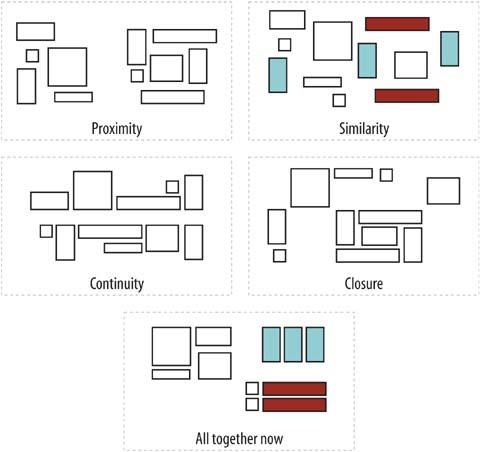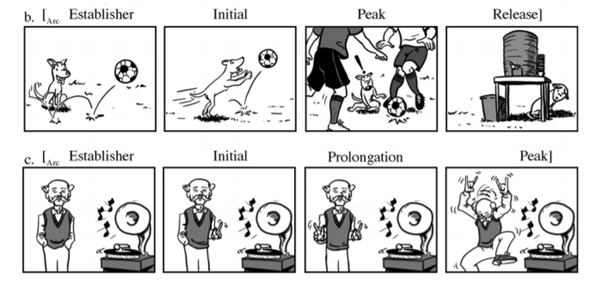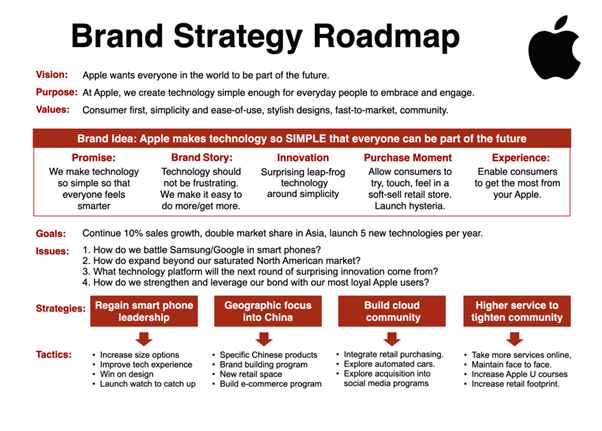MARKETING
A guide to Crafting Compelling Visual Storytelling

In today’s digital landscape, visual storytelling has become an essential tool for businesses and organizations to connect with their audience and build a strong brand. With the rise of social media and mobile devices, consumers are consuming more visual content than ever before. As a result, visual storytelling has become increasingly important for businesses to stand out in the crowded digital space.
Visual storytelling involves using visual elements such as images, videos, and graphics to communicate a message or tell a story. It’s a powerful tool for businesses to create emotional connections with their audience and convey their message in a way that’s easy to understand.
The importance of visual storytelling extends beyond just social media and marketing. It’s also crucial for branding, product design, and user experience. By utilizing visual storytelling, businesses can create a cohesive and impactful brand image that resonates with their target audience.
The thesis statement of this blog is that visual storytelling is a powerful tool for businesses and organizations to connect with their audience and build a strong brand.
The blog will cover the basics of visual storytelling, identifying your audience and goals, research and inspiration, creating a visual story, measuring success, and optimizing for the future.
1. Understanding the Basics of Visual Storytelling
Visual storytelling is the art of using visual elements such as images, videos, and graphics to communicate a message or tell a story. It’s a powerful tool for businesses and organizations to connect with their audience and build a strong brand.
The importance of visual storytelling in marketing and branding cannot be overstated. It allows businesses to create emotional connections with their audience and convey their message in a way that’s easy to understand. By using visual storytelling, businesses can create a cohesive and impactful brand image that resonates with their target audience.
The elements of visual storytelling include composition, color theory, and typography.

Composition refers to the arrangement of visual elements on a page or screen. It includes the placement of images, videos, and text, and how they interact with one another. Color theory deals with the use of color in visual storytelling, including the emotions and associations that different colors evoke. Typography is the art of arranging type, including font choice, size, and spacing.
2. Identifying Your Audience and Goals
Creating effective visual storytelling requires a deep understanding of your target audience and their needs. It’s essential to know who you’re trying to reach, what their pain points are, and what they’re looking for in a brand or product. By understanding your audience, you can create visual storytelling that resonates with them and addresses their needs.

Setting clear goals for your visual storytelling is also important. It’s essential to have a clear understanding of what you want to achieve with your visual storytelling and how it aligns with your overall branding and marketing strategy. Whether it’s to increase brand awareness, drive sales, or build a community, having a clear goal will help you create a visual story that resonates with your target audience and achieves your desired outcome.
In summary, identifying your audience and setting clear goals for your visual storytelling is crucial for creating effective visual storytelling. By understanding your target audience and their needs, you can create visual storytelling that resonates with them. Setting clear goals for your visual storytelling will help you create a message that aligns with your overall online strategy and achieves your desired outcome.
3. Research and Inspiration
Conducting research and staying up to date with industry trends is crucial for creating effective visual storytelling. By researching your competition, audience, and industry trends, you can gain a deeper understanding of what’s working and what’s not. This information can help you create visual storytelling that stands out in the crowded digital space.
Finding inspiration is also an important aspect of creating effective visual storytelling. Inspiration can come from anywhere, whether it’s other brands, artists, or designers. It’s essential to keep an open mind and be willing to explore new ideas. Incorporating inspiration into your visual storytelling can help you create visually stunning and emotionally engaging content that resonates with your audience.
4. Creating a Visual Story
The process of crafting a visual story involves several steps, including concept development, storyboarding, visual design, and post-production.

Visual design is the process of creating the final visual elements of your story, including the selection of colors, typography, and composition. Post-production is the final step, where you edit and refine your visual story to ensure it’s visually stunning, emotionally engaging, and easy to understand.
Here are a few tips and best practices for creating a visual story:
- Keep it simple: Avoid overloading your visual story with too much information. Keep it simple and easy to understand.
- Emotionally engage: Create a visual story that evokes emotions in your audience.
- Pay attention to the details: Pay attention to the little things like typography, color, and composition, as they can make a big difference in the effectiveness of your visual story.
- Test and iterate: Test your visual story with a small group of people, and make changes based on their feedback.
Examples of successful visual storytelling can be found across various industries and platforms.

For example, in the fashion industry, Burberry uses visual storytelling to showcase their collections and create an emotional connection with their audience. In the food industry, McDonald’s uses visual storytelling in their advertising campaigns to evoke feelings of nostalgia and happiness. In the technology industry, Apple uses visual storytelling in their product launches to showcase the sleek design and user-friendly features of their products.
5. Measuring Success and Optimizing for the Future
Measuring the success of your visual storytelling is crucial to understanding what works and what doesn’t. By using metrics such as engagement, views, and conversions, you can see how your visual storytelling is impacting your overall branding and marketing goals. This data can then be used to optimize and improve your visual storytelling in the future.
There are several techniques for optimizing and improving your visual storytelling. One of the most effective techniques is A/B testing, where you test different versions of your visual story to see which one performs best. You can also use data and analytics to see which elements of your visual story are resonating with your audience, and which are not.
Another technique for optimizing and improving your visual storytelling is to stay up to date with industry trends and advancements in technology. This will ensure that your visual storytelling stays relevant and impactful in today’s digital landscape.
Conclusion
In conclusion, visual storytelling is a powerful tool for businesses and organizations to connect with their audience and build a strong brand. The blog has provided a guide to crafting compelling visual storytelling for marketing and branding purposes, covering the basics of visual storytelling, identifying your audience and goals, researching and inspiration, creating a visual story, measuring success, and optimizing for the future.


















